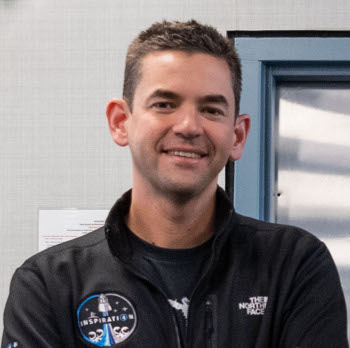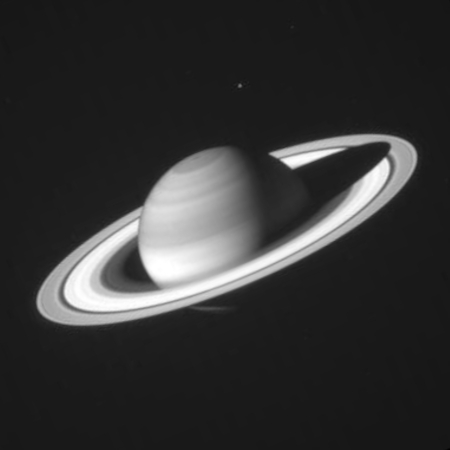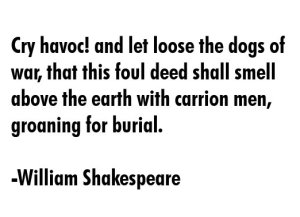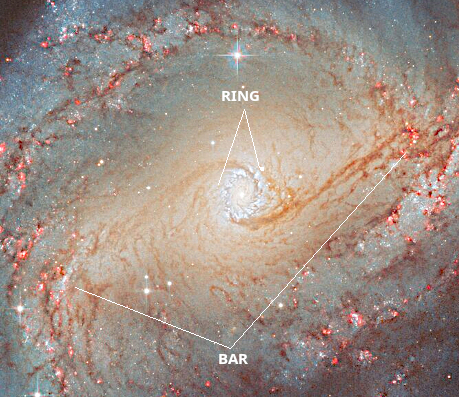Is Trump considering re-nominating Jared Isaacman for NASA administrator?

Billionaire Jared Isaacman
According to a report late today (based on anonymous sources), President Trump has held several face-to-face meetings in the past few weeks with billionaire Jared Isaacman, and those meetings have raised the possibility of Trump re-nominating him for NASA administrator.
According to Bloomberg News, President Trump has reportedly met with Isaacman several times in recent weeks to discuss NASA’s operational plans and future plans. Isaacman is the founder of fintech company Shift4 Payments and a private astronaut at SpaceX who has had a longstanding relationship with Elon Musk.
Isaacman, who has flown two private missions in space (and done one spacewalk), had been nominated by Trump for NASA administrator in December 2024, and was only days away from a Senate confirmation vote when Trump suddenly withdrew the nomination on May 31, 2025. Though it has never been clear why Trump withdrew the nomination, Isaacman’s past support of Democrats and his close links to Musk have been raised as issues, especially because of the Trump-Musk kerfuffle in the spring. Isaacman has also expressed some opinions since then about NASA and what it should do that might not have fit with Trump’s plans.
At the same time, NASA is presently without its own administrator, with Transportation Secretary Sean Duffy holding down the job as an interim head. It appears Trump might be reconsidering his earlier decision in order to get someone in charge of NASA who isn’t distracted by other responsibilities.
Note however that this report is solely from anonymous sources, and we all know how unreliable those are. The whole story could be fantasy cooked up by someone in DC for any number of devious political purposes.

Billionaire Jared Isaacman
According to a report late today (based on anonymous sources), President Trump has held several face-to-face meetings in the past few weeks with billionaire Jared Isaacman, and those meetings have raised the possibility of Trump re-nominating him for NASA administrator.
According to Bloomberg News, President Trump has reportedly met with Isaacman several times in recent weeks to discuss NASA’s operational plans and future plans. Isaacman is the founder of fintech company Shift4 Payments and a private astronaut at SpaceX who has had a longstanding relationship with Elon Musk.
Isaacman, who has flown two private missions in space (and done one spacewalk), had been nominated by Trump for NASA administrator in December 2024, and was only days away from a Senate confirmation vote when Trump suddenly withdrew the nomination on May 31, 2025. Though it has never been clear why Trump withdrew the nomination, Isaacman’s past support of Democrats and his close links to Musk have been raised as issues, especially because of the Trump-Musk kerfuffle in the spring. Isaacman has also expressed some opinions since then about NASA and what it should do that might not have fit with Trump’s plans.
At the same time, NASA is presently without its own administrator, with Transportation Secretary Sean Duffy holding down the job as an interim head. It appears Trump might be reconsidering his earlier decision in order to get someone in charge of NASA who isn’t distracted by other responsibilities.
Note however that this report is solely from anonymous sources, and we all know how unreliable those are. The whole story could be fantasy cooked up by someone in DC for any number of devious political purposes.














